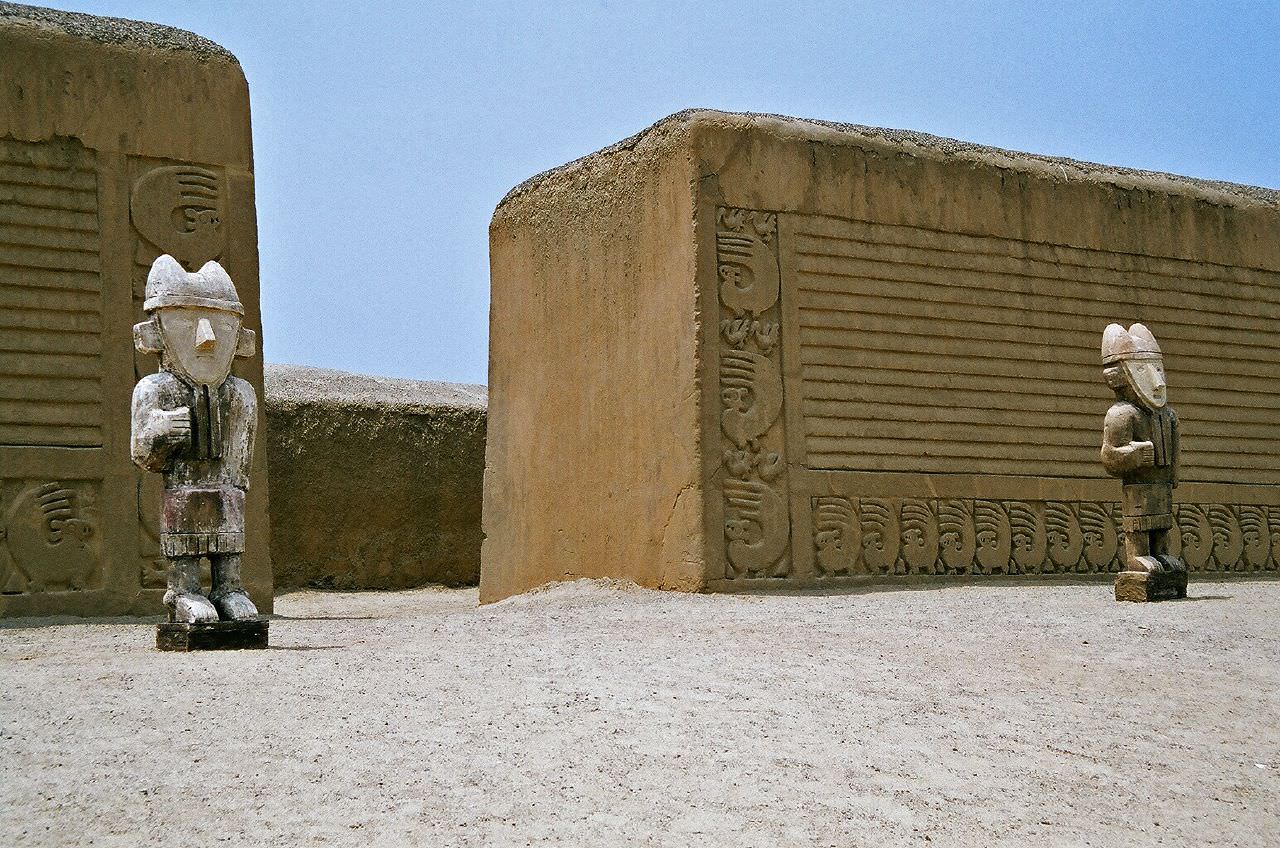
Recent reports from the UN Educational, Scientific, and Cultural Organization (UNESCO), World Resources Institute, and International Union for the Conservation of Nature (IUCN) have found that world heritage sites are at high risk from climate change.
Since 2000, 98% have faced climate extremes, and rising global temperatures will exacerbate the threats. Despite heritage sites accounting for less than 1% of the planet, they represent 20% of mapped global species biodiversity. Threats such as flooding, drought, temperature rises, wildfires, and poor water management are putting ancient, culturally significant sites at risk of damage.
UNESCO World Heritage sites are chosen by the organization for their cultural and/or natural significance to the world. Submitted by the country and then added to a tentative list for nomination, the site must demonstrate “outstanding universal value” and meet at least one of ten criteria having to do with human creative genius, historical civilizations, biological diversity, or aesthetic importance.
The World Heritage Fund then pays for some of the site’s conservation, as well as emergency assistance when disaster threatens a site. Such sites include Babylon, Petra, Stonehenge, Jameh Mosque of Isfahan, the Great Barrier Reef, among more than 1,200 more.
As climate change worsens, these historic sites are not spared from the damage. Scientific organizations are monitoring threats to the sites and recommending preventative and mitigating measures to preserve their value.
IUCN’s World Heritage Outlook 4 report, published this October, assessed 271 natural and mixed world heritage sites and found that 40% face conservation concerns, primarily climate change. Climate change is a threat that can be difficult to quantify, as it worsens many other indicators. Other acknowledged threats include unregulated tourism, overexploitation, and infrastructure.
The overall political will to protect such sites, which would require government funds, has also faltered as greater geopolitical threats deprioritize such investments. The report deems water pollution the greatest threat to cultural sites in Arab states.
The Ahwar of Southern Iraq, a biodiversity refuge for the former Mesopotamian cities and among the largest inland delta systems on earth, was deemed under critical threat due to drought and poor water management plans that fail to ensure adequate water supply to the marsh components.
The site has faced multi-year droughts since 2020 and 80% of the renewable supply of water is withdrawn to meet human demand. Severe drought caused the displacement of 68,000 people in central and southern Iraq in 2023.
Another report, published in July by the World Resources Institute in partnership with UNESCO, found that 73% of non-marine sites have high risk exposure to water-related hazards such as droughts, storms, or flooding, and 21% face overlapping exposure. Pakistan’s 2022 floods damaged the Archaeological Ruins at Moenjodaro, considered the “best preserved urban settlement in South Asia dating back to the beginning of the 3rd millennium BC.”
Some sites, including Timbuktu in Mali, have experienced severe drought followed by extreme flooding, compounding the damage. By 2050, world heritage sites exposed to high-to-extremely high levels of water stress is projected to rise from 40% to 44%.
Fires also threaten important sites. In June, UNESCO reported that fires are the leading cause of forest loss in world heritage sites, reporting that, “Since 2020, fire-related tree cover loss has averaged approximately 240,000 hectares per year — more than twice the annual average recorded in the early 2000s.”
In the report, the World Resources Institute’s Global Forest Watch displayed how climate change and fires work in a feedback loop of carbon emissions due to hotter, drier conditions. However, non-fire related tree cover loss in forests has remained comparatively stable.
Some nations are taking action to prevent further damage or mitigate the threats to sites, including adding early warning systems for natural disasters, banning land reclamation, and bolstering wetland restoration efforts. UNESCO also announced the launch of a live monitoring platform for its heritage sites at the 5th World Congress of Biosphere Reserves in October.
The platform called Sites Navigator, is described as “a unified, publicly accessible online platform that offers trusted geospatial data to support the monitoring, management, and conservation of UNESCO designated sites.” The site system relies on respective secretariats collecting and validating the data and aims to enhance site boundary and risk identification.
Technological advancements are allowing for greater visibility of threats and monitoring of UNESCO World Heritage sites. However, the protection and restoration of threatened sites more relevant to a nation’s the general population will be prioritized over those merely offering historic value.
As climate change affects more of the world’s special places, fewer funds may be available to adequately maintain such places, and conservation efforts may be left to philanthropists and national leaders with varying levels of political will.
Sarah Sakeena Marshall,
Data Assistant